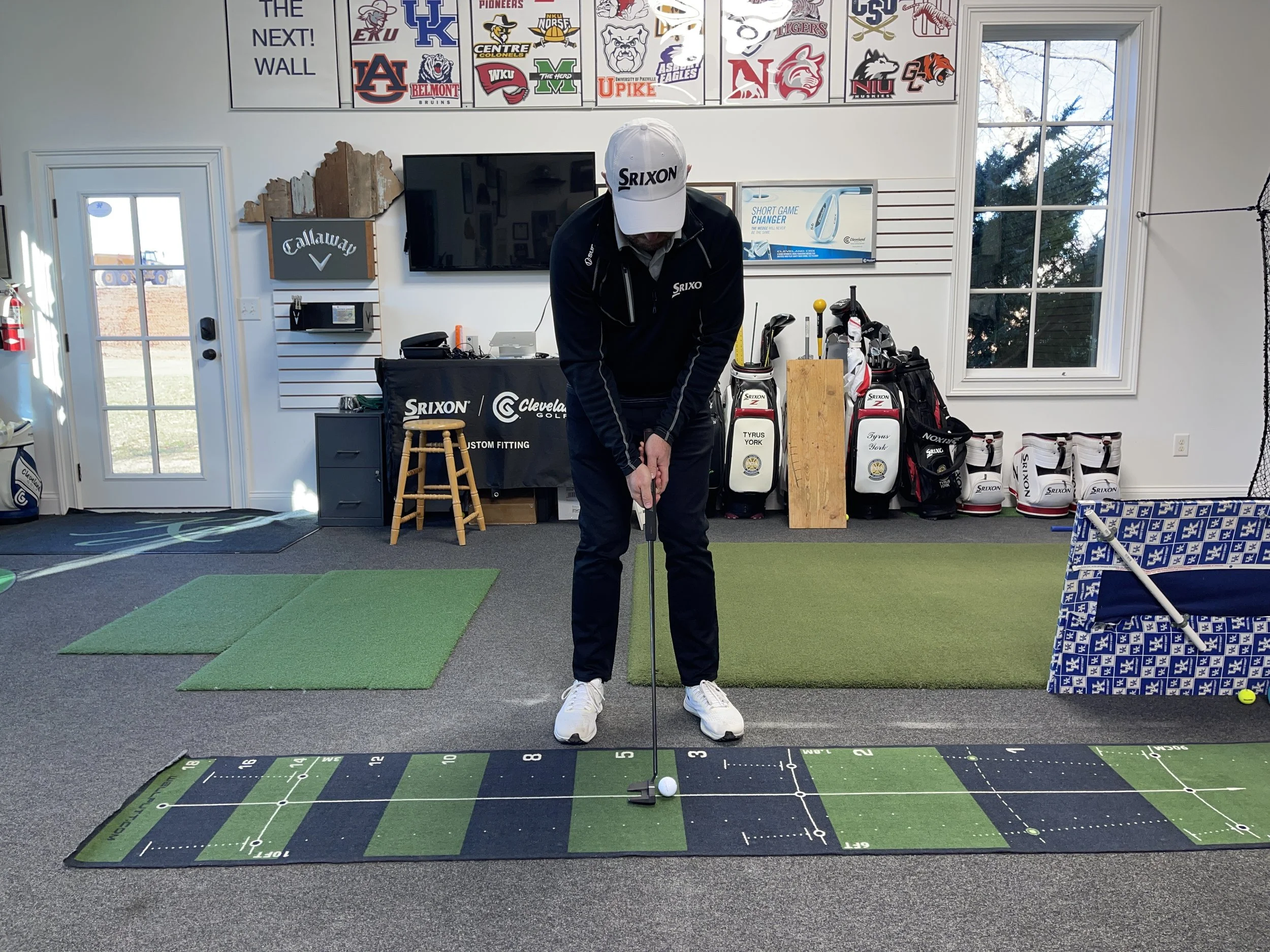Do you understand cause and effect? In other words, what are the primary causes that make a golf ball go where it goes?
It is always surprising to me how many players, some of them pretty good, don’t know something as simple as the ball flight laws. Although up for debate, the good old fashioned ball flight laws given to us several decades ago hold up in many aspects as far as most golfers should be concerned.
The purpose of this article isn’t to delve into the ball flight laws, or debate their accuracy, but instead to stress the importance of having a basic understanding of cause and effect.
For example, you hit a drive that begins flying down the middle of the fairway, only to have it start curving left, into a bunker or a hazard. Why did this happen? Assuming there is no wind, try using the following sequence of possible solutions (based on a right handed golfer) to come up with an educated guess:
Ask yourself the following…
What did the club do to the ball that made it fly that way?
Was contact in the center of the clubface?
Was the clubface open or closed?
Which direction was the club swinging? (right, left, or at the target)
What did you do to the club that made the following occur?
Contact was center
Club face was closed to the path*
Path swinging right of where the club face was pointing*
*You can determine this with a basic understanding of the ball flight laws
Using this sequence to address the issue, the first thing that occurs would be a closed face relative to the swing path. Simply check the possible reasons that you clubface may be closed. Here’s a hint… it was probably already closed before the swing began. In other words… check your grip and/or alignment.
This is just one of example of how you should approach correcting a miss on the golf course. I present it this way because too many times I have asked one of my players what happened and they jump straight to trying to change something about the golf swing.
It is true that there may be a swing related cause to your miss, but when you are in the middle of a round, especially a competitive round, you’ll want to avoid trying to make wholesale changes to your golf swing at all costs.
Lastly, and this should go without saying… but working with a swing coach can help you better understand your swing and potential issues you could face. We can also help you find the quickest, and most sensible solution.
Need to schedule a session? Click the link below.
The book below isn’t exactly relevant to this post’s topic, but it is required reading as far as I’m concerned for all golfers.






